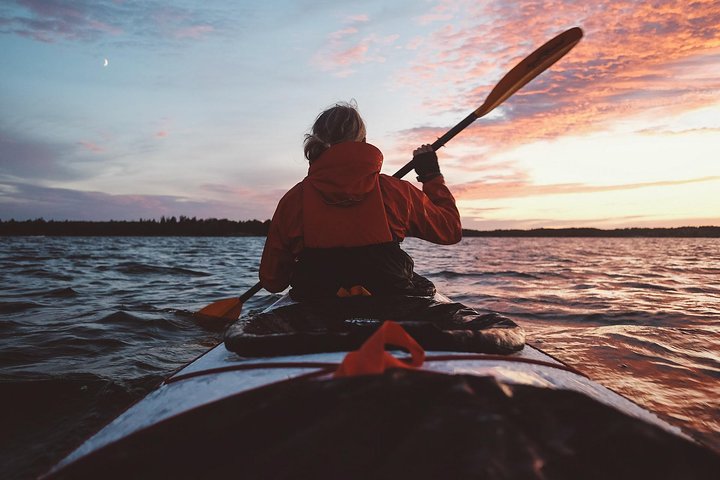Exploring the Untouched Beauty of Sweden’s Saint Anna Archipelago
Drawn by the allure of Sweden’s untouched coastal wonderland, I embarked on a 5-day kayak and wildcamp adventure in the Saint Anna Archipelago. The experience promised a blend of serene beauty and thrilling exploration, and it delivered beyond my wildest expectations.
Into the Maze of Islands
The Saint Anna Archipelago, with its 6,000 islands, is a kayaker’s dream. As a marine biologist, I was drawn to this unique ecosystem, eager to explore its untouched beauty. The adventure began in a sheltered bay, where we packed our gear into top-of-the-line kayaks. The equipment was a delight to use, and I couldn’t help but appreciate the quality, knowing how crucial it is for a successful expedition.
As we paddled away from the mainland, the maze of islands unfolded before us. The landscape was a stunning mix of forested islands, rocky outcrops, and hidden bays. It was like stepping into a storybook, reminiscent of the adventures in “The Swallows and the Amazons.” The tranquility of the surroundings offered a perfect escape from the hustle and bustle of daily life, allowing for moments of reflection and solitude.
Our guides, Stine and Tim, were exceptional. They set a pace that suited everyone, making the journey enjoyable and relaxed. The group of eight, plus our guides, quickly became a cohesive team, working together to cook meals and set up camp. The camaraderie added to the experience, making it feel like a shared adventure rather than a guided tour.
A Symphony of Nature
The second day took us deeper into the archipelago, where the outer islands greeted us with their barren beauty. The open sea stretched out before us, a vast expanse of blue that seemed to merge with the sky. It was here that we encountered the rich birdlife, from Arctic terns to White-tailed eagles. The sight of these majestic creatures in their natural habitat was awe-inspiring.
The highlight of the day was reaching Kupa Klint, a famous lookout with panoramic views of the Missjö Archipelago. The landscape was a masterpiece of nature, with skerries chiselled by time and weather. It was a reminder of the power and beauty of the natural world, a theme that resonates deeply with my work as a marine biologist.
Camping on the islands was a unique experience. The quality of the camping gear ensured a comfortable night’s sleep, and the meals were a culinary delight. The ability to carry more equipment and food in the kayaks compared to hiking trips was a revelation, allowing for a varied and delicious menu that catered to all dietary needs.
The Edge of the World
As the days passed, we ventured further into the archipelago, reaching the historic island of Harstena. The village, with its picturesque beauty, seemed frozen in time. Exploring its narrow inlets and learning about its history was a journey into the past, a contrast to the wild nature surrounding it.
Our final challenge was to reach Häradskärs Lighthouse, the last outpost of the archipelago. The weather was on our side, and the crossing was exhilarating. The lighthouse stood as a sentinel at the edge of the world, surrounded by the rhythmic crashing of waves and the calls of seabirds. It was a fitting end to an unforgettable adventure.
Returning to the mainland, I felt a sense of accomplishment and connection with the natural world. The memories of the landscapes, the wildlife, and the people I met will stay with me for a long time. This Kayak & Wildcamp Adventure was more than just a trip; it was a journey into the heart of nature, a reminder of the beauty and wonder that exists in the world.



















